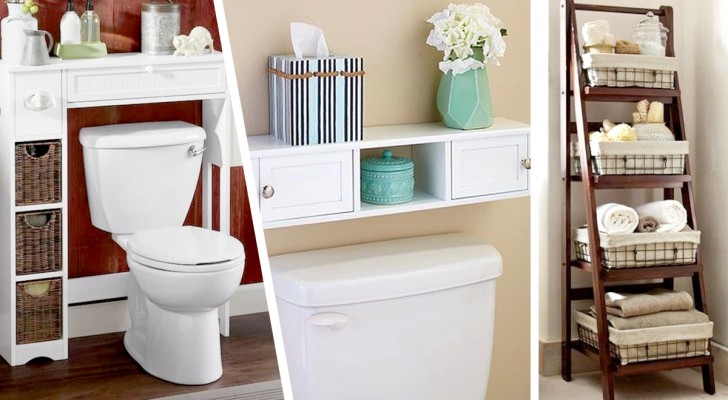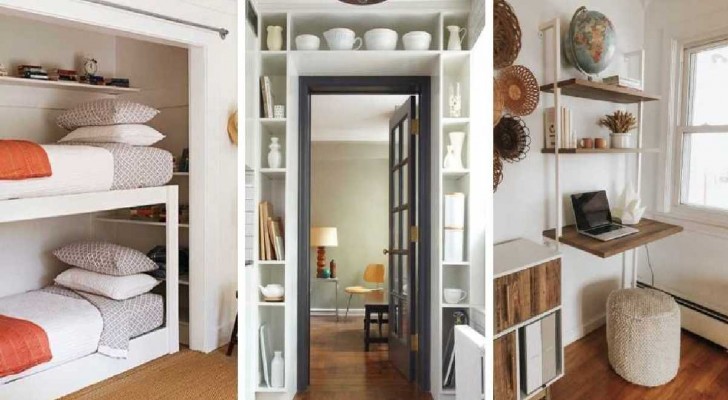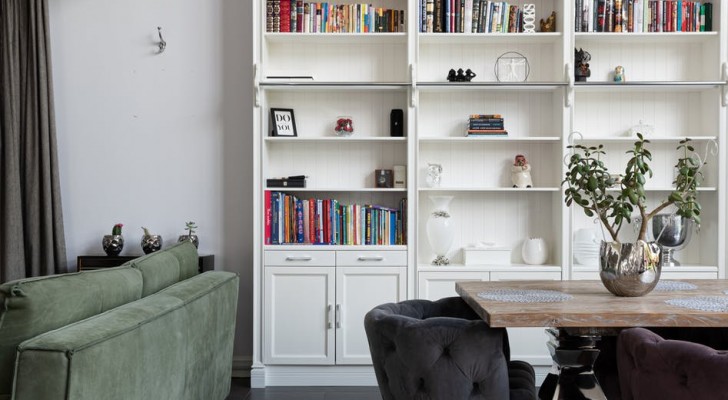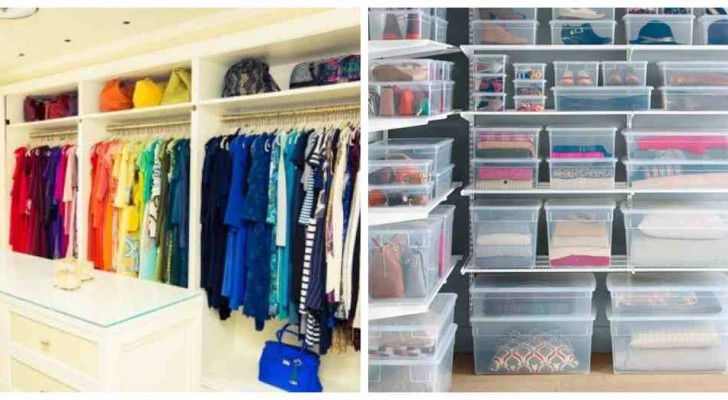5 basic tips to make your home brighter and seem more spacious
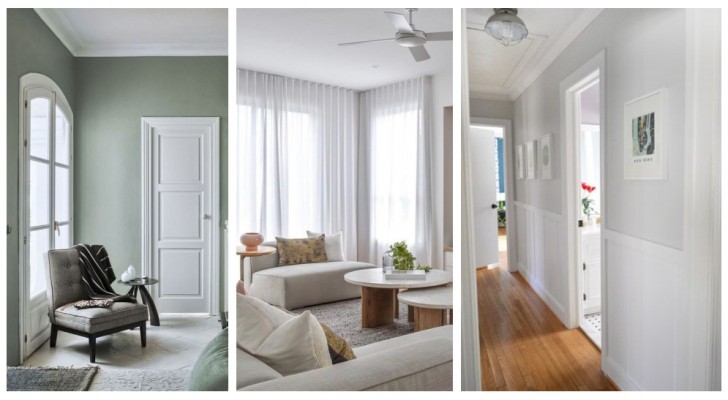
Having a house with lots of natural light is not only something beautiful to look at, but it also has a direct impact on the well-being of those who live there. Not onlyi s natural light essential for maintaining a good mood and for the health of our body, but it allows us, for example, to be able to grow some plants indoors, even putting them in an environment that is beneficial for us.
So what do we do if some rooms in the house seems too dark and dank? There are tons of tricks to try, but the fundamentals boil down to a few tried and tested rules. Find out more by reading this article.
Walls
The first rule, which we all know but which is sometimes difficult to follow, is to choose light and bright colors for both the walls and the ceiling. It is true that wallpaper, coverings of various kinds and paints now come in all types, colors and finishes. This can make you want to experiment with everything available, but without the help of an expert to guide you in choosing the tones and the decor suitable for the room, it is better to stay with classic colors: white above all, but also pastel colors with cool or warm undertones, depending, of course, on the colors used in the other rooms.
Ceilings
Especially when choosing colors other than white for the walls, don't do this for the ceilings as well. Unless they are very high ceilings, painting them white makes them seem less oppressive, and the light from the lamps will spread out much more, even at night. In any case, avoid dark colors that absorb too much light.
Curtains
The fabrics of curtains must be as light and transparent as possible - generally light colors should be chosen. When the curtains are closed, in fact, those in heavy fabrics filter out too much light, darkening the room excessively.
Artificial illumination
When night falls, or in cases where the house is not exposed to much sunlight, you need to use artificial lighting, and the trick is to choose multiple lighting points in each room, matched to each other in design and color. Whatever you choose, also take note of the type of light bulbs you use. Depending on their power and the heat they emit, they will have different effects, further altered by the various colors on the walls. Get help from experts: once you find the ideal combination you won't change them anymore.
Furniture
The feeling of lack of space in a small, dimly lit home is intensified by bulky furniture and elaborated designs. Therefore, choose furniture with simple lines - whether it is ultra-modern or more rustic, does not matter. But as long as the furniture is not bulky to the eye.
These are simple tips, but if you have not tried them, you may notice noticeable improvements when you do!
